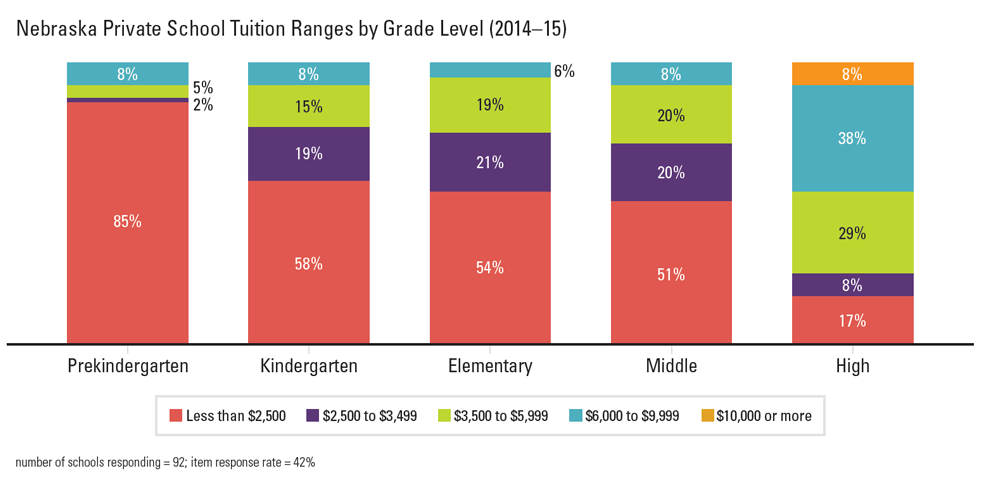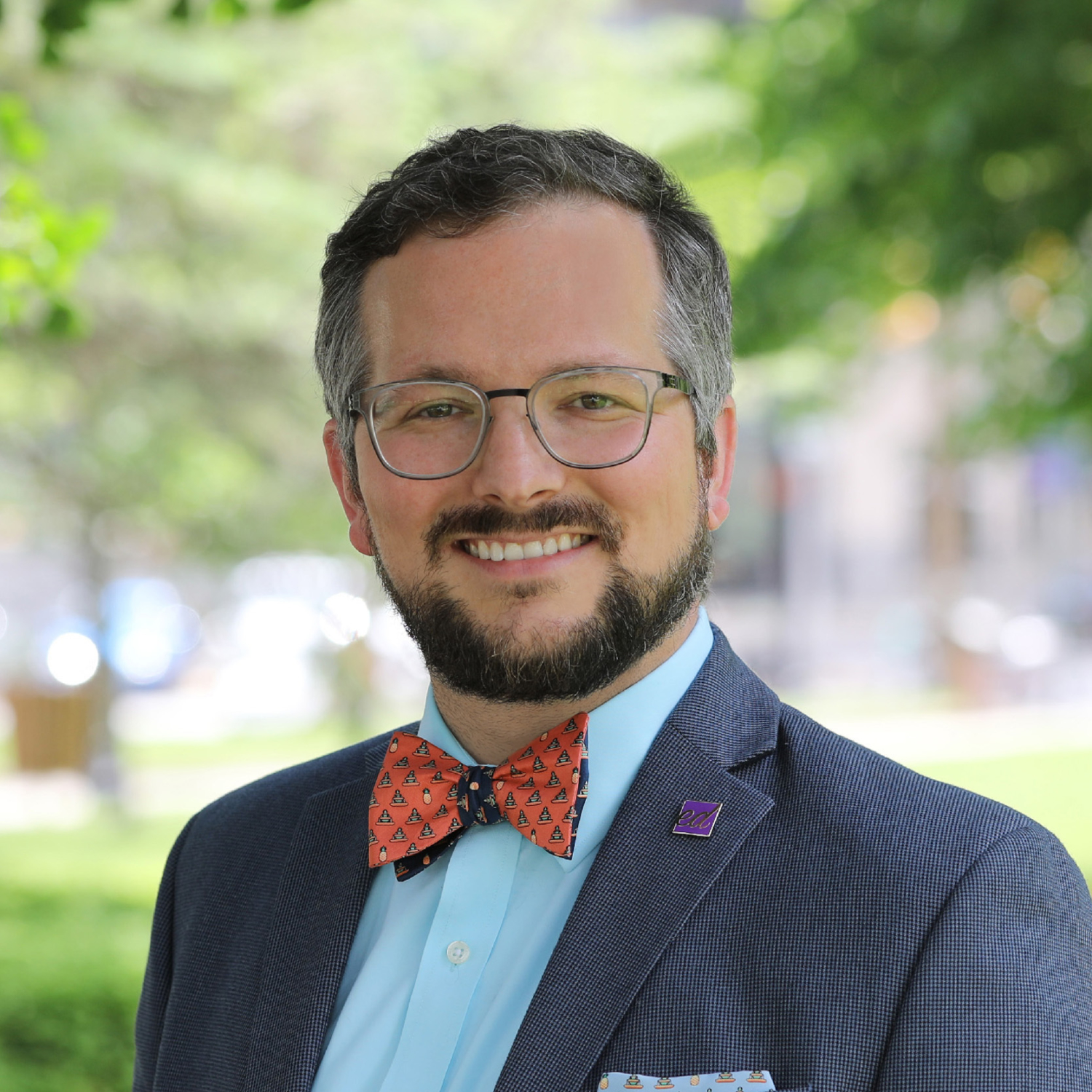Exploring Nebraska’s Private Education Sector: Top Three Findings
Growing up, the only things I knew about Nebraska were Cornhusker football and Tom Osborne (which are synonymous in most people’s minds). When I was older, I bought a steer that was raised in Nebraska at a 4-H auction, where I learned more about Nebraskan farming. Now every June, I eagerly anticipate (virtually) travelling to the mecca of college baseball and exploring Omaha.
Just as it took me some time to get to know and embrace Nebraska, the legislators there are taking their time to get to know and embrace the concept of educational choice.
A little more than a year ago, LB26 had its last hearing in the legislature. Now a carryover bill, LB26, if enacted, would create the Choice for the Advancement of Nebraska Children in Education Act (CHANCE), a tax-credit scholarship and the state’s first school choice program.
Even if the state enacted a program, policymakers wonder whether private schools would participate. And if they were to participate, would there be enough seats for additional students applying to those schools? We turned to data and research for the answers.
In Exploring Nebraska’s Private Education Sector, the fifth installment in the Friedman Foundation for Educational Choice’s School Survey Series, I synthesize information collected in two unique surveys of Nebraska private schools. One was conducted by the Friedman Foundation; the other, by the U.S. Department of Education.
Learn more from this summary of top findings, including Nebraska private schools’ openness to participating in school choice programs, tuition costs, and unfilled student seats.
Potential for School Choice
More than three-quarters of respondent private schools—78 percent—said they would or probably would participate in a tax-credit scholarship program. The response levels were similar for education savings accounts (ESAs) and school voucher programs—83 percent and 86 percent, respectively.
When asked about the potential rules and regulations for those three types of school choice programs, private school principals and administrators were most concerned with those pertaining to testing and accountability, accommodations for students with special needs, paperwork and reporting, and setting curriculum and instruction.
Average Private School Costs
The average amount for tuition and fees charged in 2014–15 by respondent private schools was $2,705 per student, with the median being $2,000 per student. For comparison, Nebraska spent approximately $11,579 per student in public schools in 2012–13, which is the most recent data available.
About three-quarters of Nebraska private schools, on average, charged less than $3,500 in tuition and fees per student in grades K–8. That breaks down to 77 percent of schools charging less than $3,500 for kindergarten, 75 percent of schools for grades 1–5, and 71 percent of schools for grades 6–8. More than half (54 percent) of high schools charge less than $6,000 in tuition and fees on average.
We hear anecdotally that many private schools utilize other funding sources to provide tuition assistance to students in need. In Nebraska, more than nine out of 10 of the state’s private schools for which tuition data are available (92 percent) provided some form of tuition assistance. That includes scholarships and a variety of discounts, including multi-family discounts and parishioner discounts. On average, for the 92 schools responding to this item, 36 percent of the student body received financial assistance and the average amount per student was $7,602.
For an in-depth analysis of how a tax-credit scholarship could affect the state and local school districts fiscally, see our 2010 report Tax-Credit Scholarships in Nebraska: Forecasting the Fiscal Impact by Brian Gottlob.

Calling All Students
Data show the private education sector is ready for a school choice program. Ninety-nine respondent private school representatives indicated they had more than 6,000 total open seats for K–12 students. When this number of open seats is projected for all 231 private schools in Nebraska, the estimate is closer to 9,000 open seats. That means Nebraska’s private schools have enough room to increase enrollment by 33 percent.
For more findings and to download the full report, click Exploring Nebraska’s Private Education Sector.




